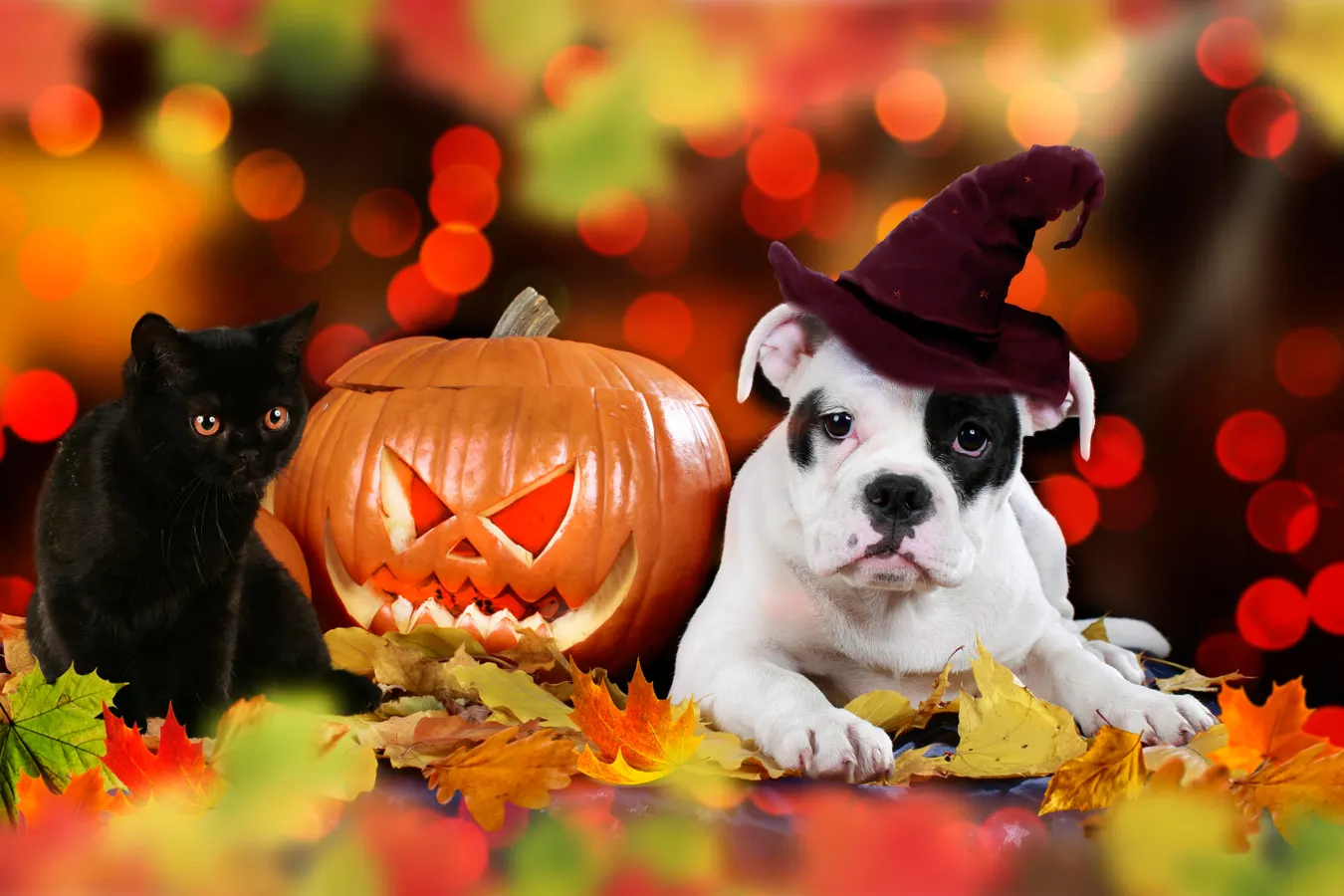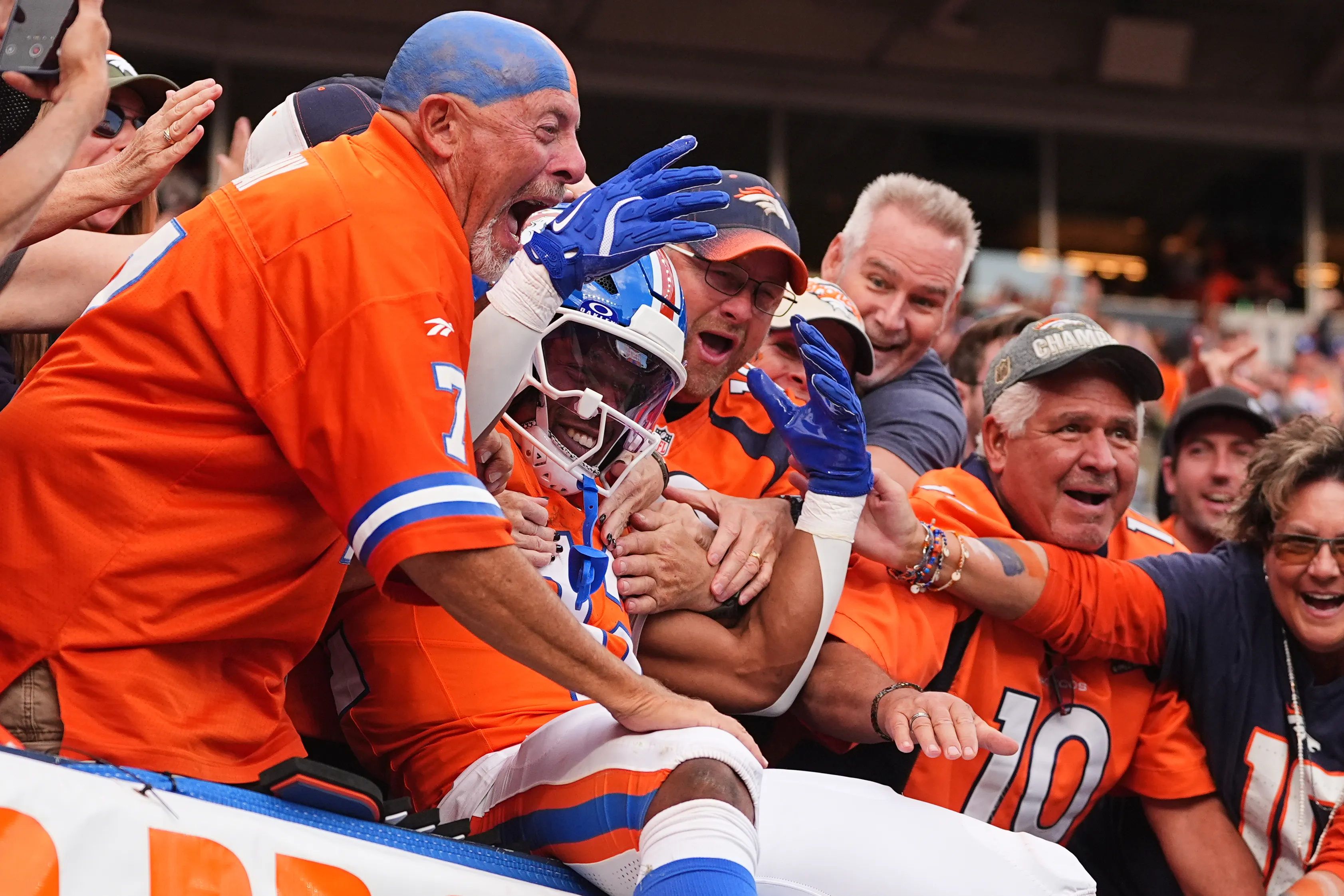Copyright forbes

Pets can eat things they shouldn’t or run away on Halloween. While Halloween can be a ton of fun for trick-or-treating kids, it can be a nightmare for cats and dogs — and for veterinarians. Visits to emergency clinics spike on the holiday, which can be extremely stressful for pet owners, as well as costly. For instance, Pumpkin Pet Insurance and Independence Pet Group analyzed customer pet insurance claim data from 2020-2024 and found Halloween sees the third most candy-related claims (after Christmas and Thanksgiving), and owners spend an average of $760 per candy-related claim. Additionally, blockages and other issues from pets eating foreign objects like Halloween decorations and costumes average $620 per claim. So the key to helping our pets stay safe on Halloween is prevention, according to Michael Q. Bailey, DVM, DACVR, president of the American Veterinary Medical Association (AVMA). “I tell everybody: you childproof your house, so you want to also pet-proof your house,” he said. “So before Halloween comes and even afterward, you want to be sure that anything they can get into is up and out of the way.” Michael Q. Bailey, DVM, DACVR, president of the American Veterinary Medical Association, urges pet lovers to pet-proof their homes to keep pets safe on Halloween. Tom Wenger Photography/AVMA MORE FOR YOU Halloween Candy And Pets That means keeping Halloween candy in a cupboard or other places that pets can’t reach. Dr. Bailey noted that pets can get creative about trying to access the forbidden foods. “You get some of those big dogs, they get up on the counter,” he said. “You get some of those little dogs and cats help them get the stuff on the counter. So you want to put things away safely.” The two most dangerous types of candy for pets include chocolate and xylitol (“ZAI-luh-taal”), a sugar substitute common in sugar-free gum and candy. Xylitol drives blood sugar down in pets to the point where they become hypoglycemic and can experience seizures and death, Dr. Bailey warned. Keep Halloween candy and sugar-free gum far away from pets. Marcia Elvidge The toxicity of chocolate depends on the type and concentration (white chocolate is the least toxic), so if your dog or cat eats chocolate, it’s important to let your veterinarian know the type (and how much) because it will help determine the treatment plan. If your animal hospital is not open when your dog or cat eats something dangerous, try the ASPCA Poison Control hotline at (888) 426-4435 or the Pet Poison Helpline at (885) 764-7661. (Both 24/7 hotlines charge consultation fees.) Grapes used in decorations, such as “eyeballs” on a cake, are extremely toxic to cats and dogs because they don’t metabolize things the same way that humans do, Dr. Bailey cautioned. “They can die in as little as six hours from ingestion of grapes,” he said. “And raisins are even more concentrated.” When walking your dog in the days following Halloween, keep an eye out for dropped candy and discarded wrappers on the streets to prevent your dog from eating something he shouldn’t. Michelle Rose Glow Stick Issues The rise of glowsticks to help drivers see trick-or-treaters means more chances for pets, particularly dogs, to bite into or swallow them. The chemicals that make the sticks glow is an irritant that can irritate their gums and esophagus — and cause gastrointestinal upset — and obviously it’s bad if they eat the plastic coating. If a pet eats a glow stick, Dr. Bailey recommends washing off their paws, rinsing out their mouth and to not induce vomiting because “it’s an irritant going down, and it’s an irritant coming back.” Check with your veterinarian about any concerns. Costumes And Trick-Or-Treating With Pets Costumes present their own set of problems for pets if they decide to eat their outfit (or tempting choking hazards like buttons), so never leave a pet wearing a costume unattended. Snap photos for friends or social media and then remove the costume sooner than later. Never leave a pet unattended while wearing a Halloween costume. Moreover, choose your pet’s costume wisely, Dr. Bailey urges. They need to be able to move comfortably and see, hear and breathe. “You have to be aware. Does that costume fit them properly? You don’t want to be constricting – you want them to be able to breathe,” he said. “You don’t want them to choke on it.” Brachycephalic breeds with smooshed noses like pugs and bulldogs need special attention and masks should be avoided to make sure they can breathe properly and won’t overheat. Halloween costumes for pets should allow them to comfortably move, breathe, hear and see. Marcia Elvidge If your dog plans to go trick-or-treating, be vigilant about keeping them safe from being stepped on in crowded streets, he noted. Children may want to pet your dog and little ones might pull a tail, so be sure to monitor your dog at all times, and watch their body language for signs of stress, such as ears pinned back or “whale eye” that shows the whites of their eyes. That’s when it’s time to head for home. Note: there might be dropped candy on the ground, so trick or treat during daylight so you can see any discarded candy or wrappers and keep your dog from eating it. Be vigilant on your regular walk the morning after Halloween, too. Keep a close eye on your dog while trick-or-treating with children to avoid bites. Keeping Pets From Getting Lost On Halloween With kids and party goers ringing doorbells and opening gates before you open your front door, it’s easy for cats and dogs to dash outside and get lost. There are scary noises and costumes outside to add to a pet’s stress. Additionally, flashing strobe lights can cause seizures in some pets, as with people. Dr. Bailey suggests setting up a candy station in the front yard while your pet stays inside or keeping your pets in a quiet room with a trusted person to help keep them calm. “Find a safe place for them, a nice room, and put on their favorite music. Give them a toy to play with. Have somebody rubbing their belly. You might have to have somebody that’s dog sitting or cat sitting that particular day,” he said. “Try and do something that’s going to reduce stress.” Be sure that pets are microchipped and that your current contact information is registered with a microchip registry (such as PetLink or AKC Reunite), since without it, the microchip is useless. Also make sure they wear a collar with an ID tag that clearly shows your pet’s name and your phone number. Make sure pets are microchipped and that your current phone number is registered with a microchip registry in case they get lost on Halloween. Pumpkins And Candles Carving jack-o'-lanterns is a beloved Halloween tradition, but keep in mind that some pets can’t resist snacking on pumpkins. If that’s the case with your cat or dog, keep it out of reach since consuming too much raw pumpkin can lead to constipation, Dr. Bailey cautioned. Additionally, opt for battery-powered candles to illuminate your jack-o’-lantern to avoid a dog or cat lighting their tail on fire — or knocking over a pumpkin and starting a fire. Ultimately, by taking pet-safety precautions, Halloween can be a fun and safe experience for everyone in the family, according to Dr. Bailey. “We want everyone to enjoy Halloween, and that includes our pets,” he said. “So we have to help them out.” Editorial StandardsReprints & Permissions



